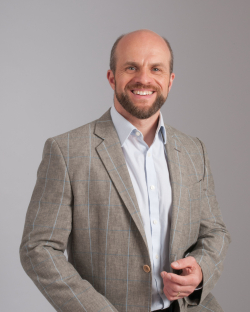| Wednesday, November 16, 2022 | |
Materials Innovation |
|
| 10:00 | Opening remarks |
| 10:10 | Semiconductor Market Expansion Driving Materials Innovation – Materials Market Outlook and Challenge, Lita Shon-Roy, TechCet |
| 10:30 | Current trends in digital chemistry to drive semiconductor innovation |
Simon Elliott, Director - Atomic level process simulation, Schrödinger Current trends in digital chemistry to drive semiconductor innovation
 Abstract Biography |
|
| 10:50 | EUV Lithography patterning: status and challenges towards High NA |
Danilo De Simone, Staff Member, Imec EUV Lithography patterning: status and challenges towards High NA
 Abstract Biography |
|
| 11:10 | Nanoscale metals are comprised of grain boundaries that are significantly different from those found in bulk materials |
John Boland, Professor of Chemistry, Trinity College Dublin Nanoscale metals are comprised of grain boundaries that are significantly different from those found in bulk materials
Abstract Biography |
|
| 11:30 | How Did and Will Atomic Scale Processing Change the Logic and Memory Industries |
Michael Givens, Senior Director & Executive Technologist, ASM International How Did and Will Atomic Scale Processing Change the Logic and Memory IndustriesAbstract Biography |
|
| 11:50 | Coming soon, Prof. Max Lemme, AMO GmbH |
Panel Discussion |
|
| 12:10 | Panel Discussion: Chip Expansion Driving Materials Market Challenges and Opportunities |